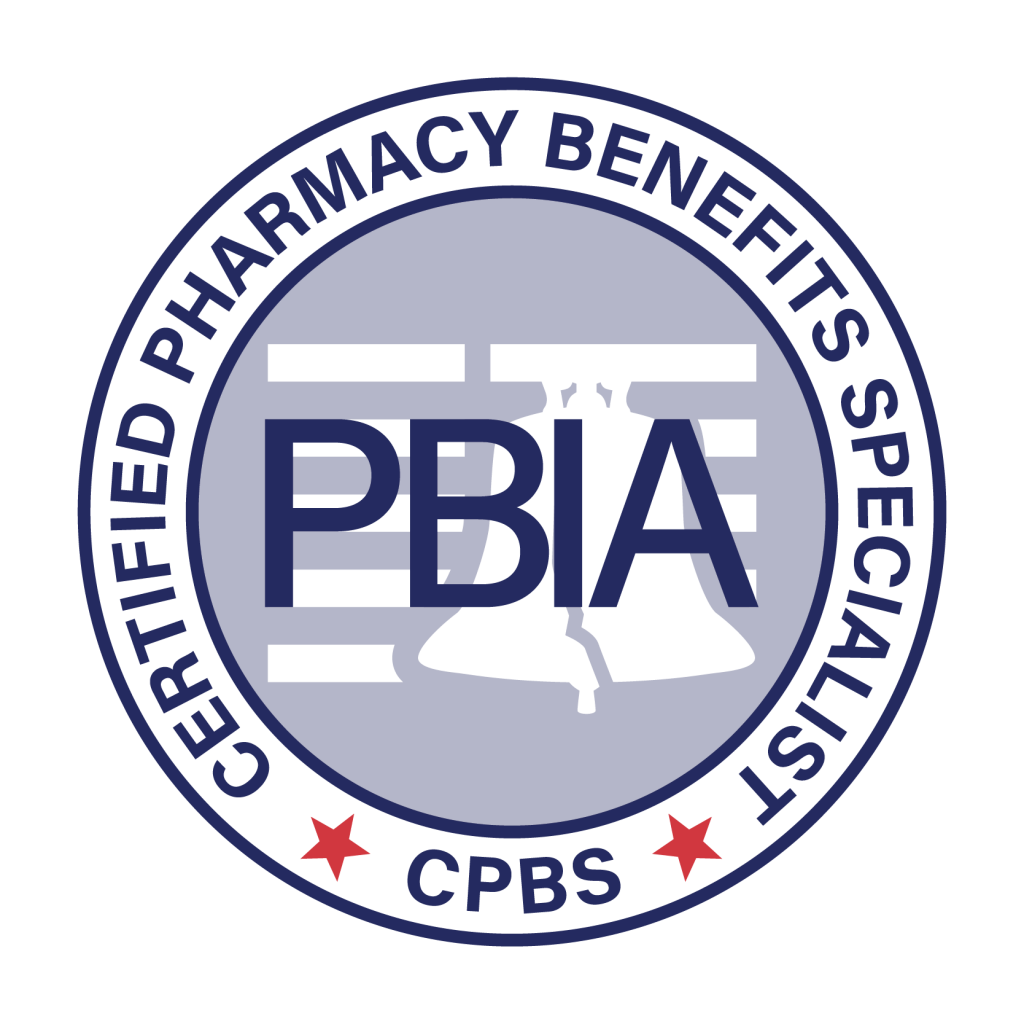FDA Approves $3.5 Million Gene Therapy to Treat Adults with Hemophilia B
FDA Approves $3.5 million gene therapy, Hemgenix, to treat adults with Hemophilia B. Following approval by the U.S. Food and Drug Administration, Australian pharmaceutical company CSL Ltd on November 22, 2022, set the list price of its one-time gene therapy for hemophilia B at $3.5 million, making it the costliest treatment in the world. Hemgenix (etranacogene dezaparvovec), an adeno-associated virus vector-based gene therapy, has been approved by the U.S. Food and Drug Administration for the treatment of adults with hemophilia B (congenital factor IX deficiency) who are currently receiving Factor IX prophylaxis therapy, have experienced recent or past life-threatening hemorrhage, or have had recurrent, severe spontaneous bleeding episodes.
Blood clotting factor IX, a protein required to build blood clots to halt bleeding, is either absent or present in insufficient amounts in people with hemophilia B, a genetic bleeding condition. After an injury, surgery, or dental operation, there may be prolonged or substantial bleeding as a symptom. In more serious circumstances, spontaneous bleeding episodes may happen without a known reason. Serious problems, such as bleeding into joints, muscles, or internal organs, including the brain, can result from protracted bleeding episodes.
Men are more likely than women to develop hemophilia B and show symptoms. Hemophilia B affects roughly 15% of hemophilia patients, with an incidence of one in 40,000 in the general population. Many female carriers of the illness don’t exhibit any symptoms. However, it’s thought that 10–25% of female carriers may experience mild symptoms; very rarely, women may experience moderate or severe symptoms.
In order to strengthen the body’s capacity to stop bleeding and encourage healing, the clotting factor that is inadequate or lacking is routinely replaced. To maintain enough amounts of clotting factor to stop bleeding episodes, patients with severe hemophilia B often need a routine treatment schedule of intravenous (IV) infusions of Factor IX replacement medicines. Hemgenix is a one-time gene therapy treatment administered by intravenous infusion. A viral vector called Hemgenix carries a gene for clotting factor IX. In order to manufacture more Factor IX protein, raise blood levels of the substance, and lessen bleeding episodes, the gene is expressed in the liver.
Two studies with 57 adult men aged 18 to 75 with severe or moderately severe hemophilia B examined the safety and efficacy of Hemgenix. On the basis of drops in the men’s annualized bleeding rate (ABR), effectiveness was determined. A 54-person study found that the subjects had higher levels of Factor IX activity, less need for routine Factor IX replacement prophylaxis, and a 54% drop in ABR from baseline. Hemgenix side effects that were most frequently reported were liver enzyme increases, headaches, minor infusion-related responses, and flu-like symptoms. Blood liver enzyme increases (transaminitis) and unfavorable infusion reactions should be watched in patients.


